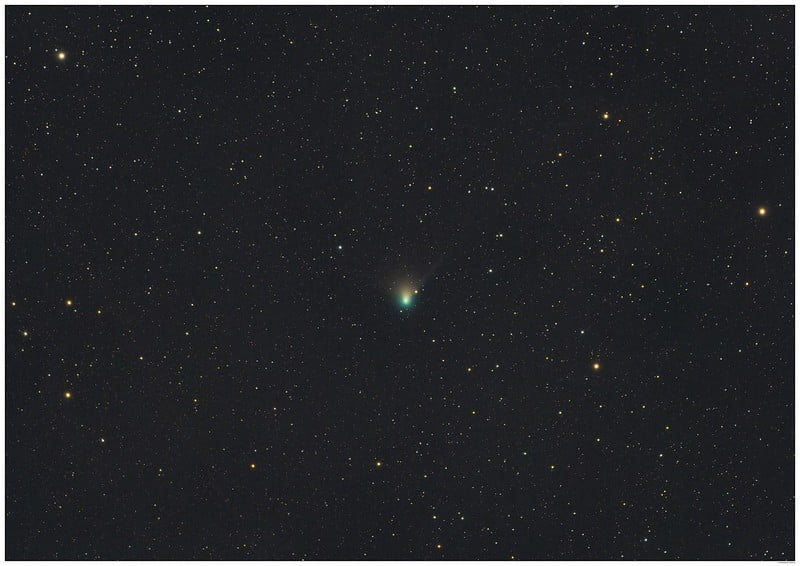A newly discovered Comet may soon be visible to the naked eye in the coming weeks. Scientists say that the comet was last seen by Neanderthal 50,000 years ago when this Comet passed this close to Earth last time. The comet passes Earth once every 50, 000 years. It is believed to have come from the Oort Cloud (a theorized sphere surrounding the Solar System), which passed the Earth more than 50,000 years ago during the Upper Paleolithic period when it was likely seen by Neanderthals. The Comet is called C/2022 E3 (ZTF) after the Zwicky Transient Facility, which spotted it passing Jupiter in March 2022.
It is estimated to have a diameter of around a kilometer, making it smaller than NEOWISE, the last Comet was visible to the naked eye when it passed Earth in March 2020. But it will come much closer to Earth, which may make up for the fact that it is not very big. Since its discovery, the Comet has been brightening fast & is now sweeping across the northern constellation Corona Borealis. For now, though, it’s still too dim to see without a telescope or good binoculars- but that is set to change soon.
The comet is closest to Sun on January 12. It “will be brightest when it is closest to the Earth”, Thomas Prince, a physics professor at the California Institute of Technology who works at the Zwicky Transient Facility, told AFP. Prince said another opportunity to locate the Comet in the sky will come on February 10, when it passes close to Mars. Made of ice & dust, the Comet will be easily identifiable because of its distinct greenish aura. The new moon during the weekend of January 21-22 offers a good chance for stargazers in the northern hemisphere. On February 1, it will pass nearest to Earth, making it likely to be spotted with the naked eye if you find yourself in an area with low light pollution. A full moon could make spotting it difficult (the visibility of comets is generally very hard to predict) according to Nicolas Biver, an astrophysicist at the Paris Observatory.



